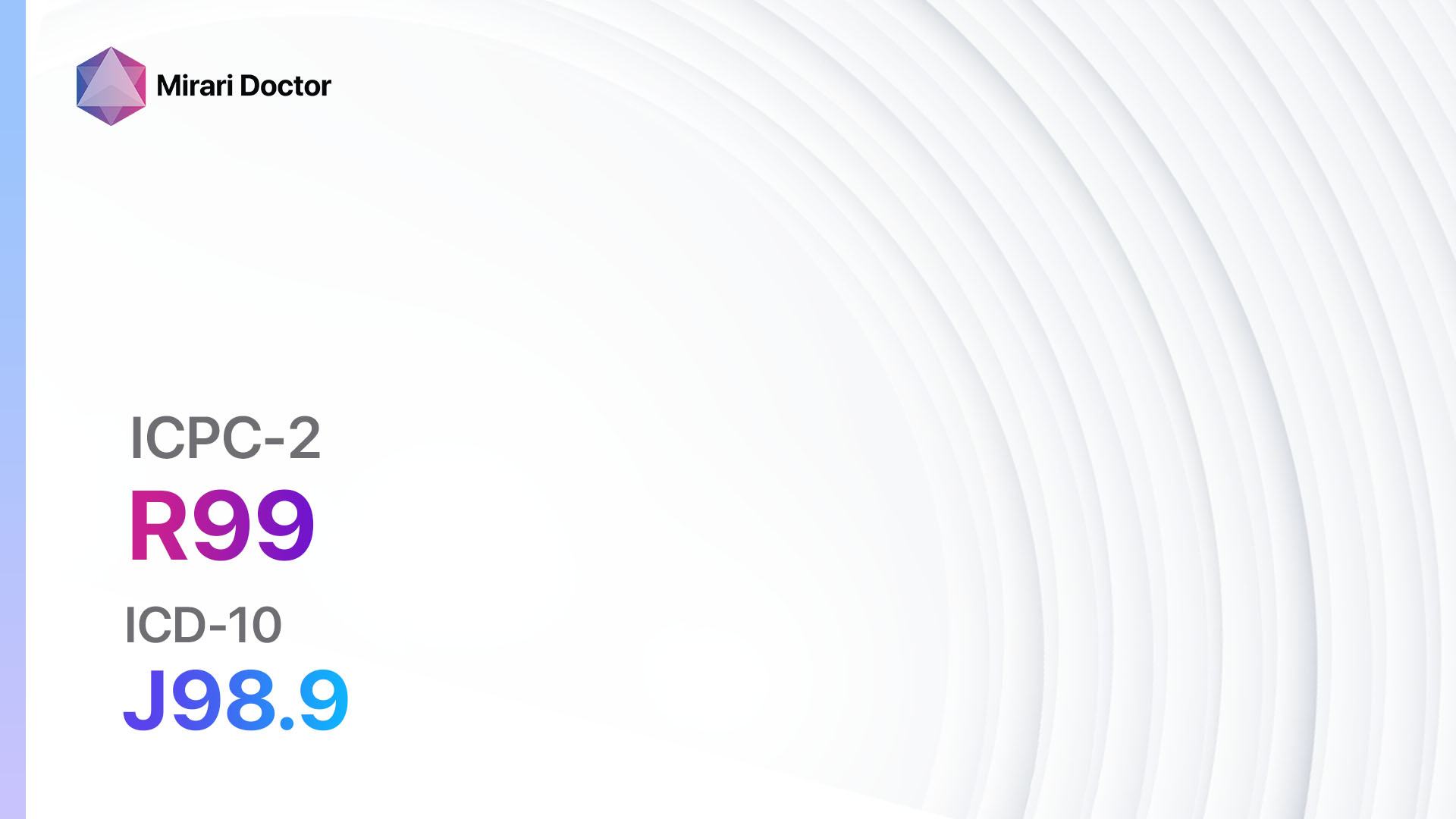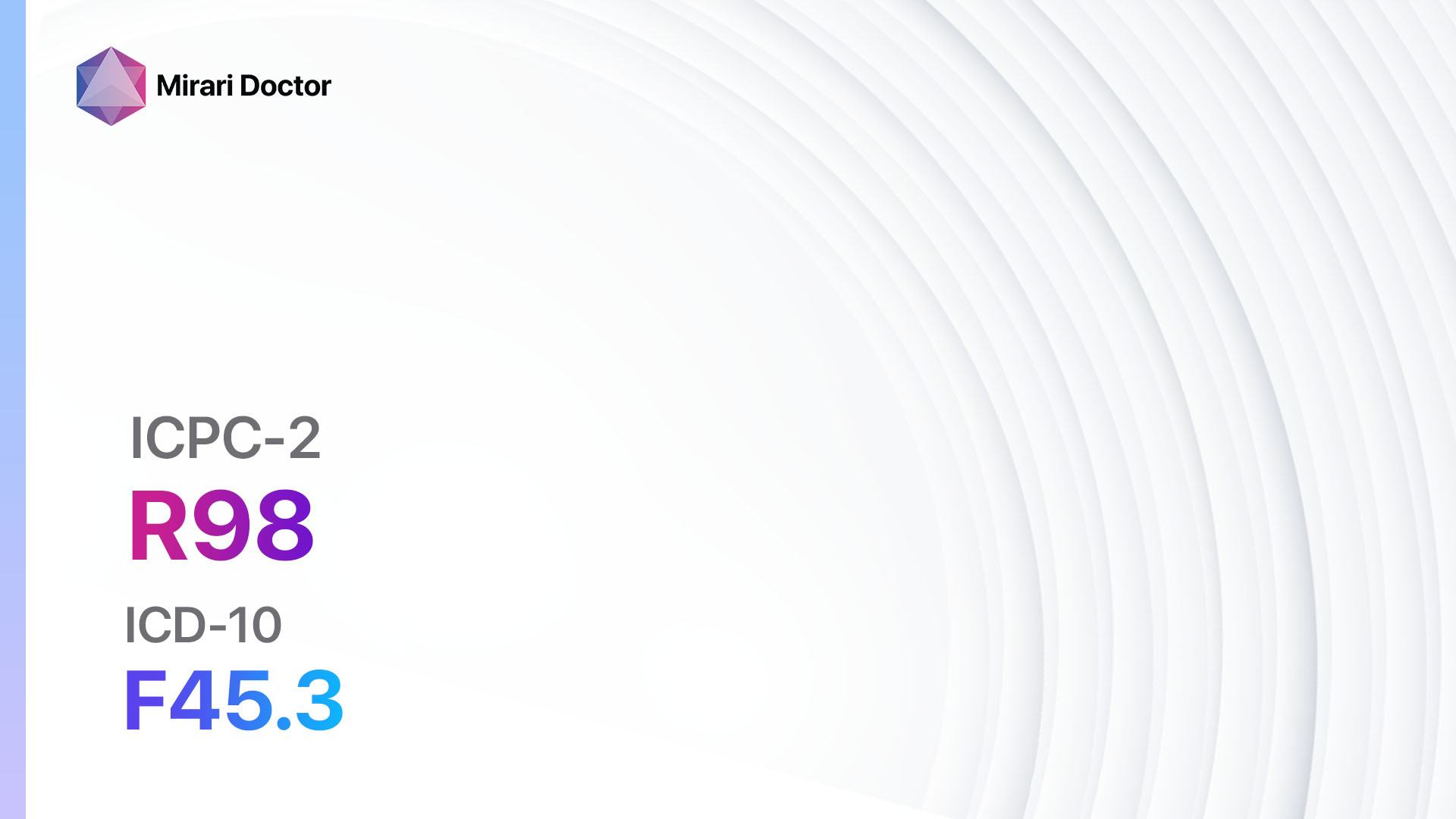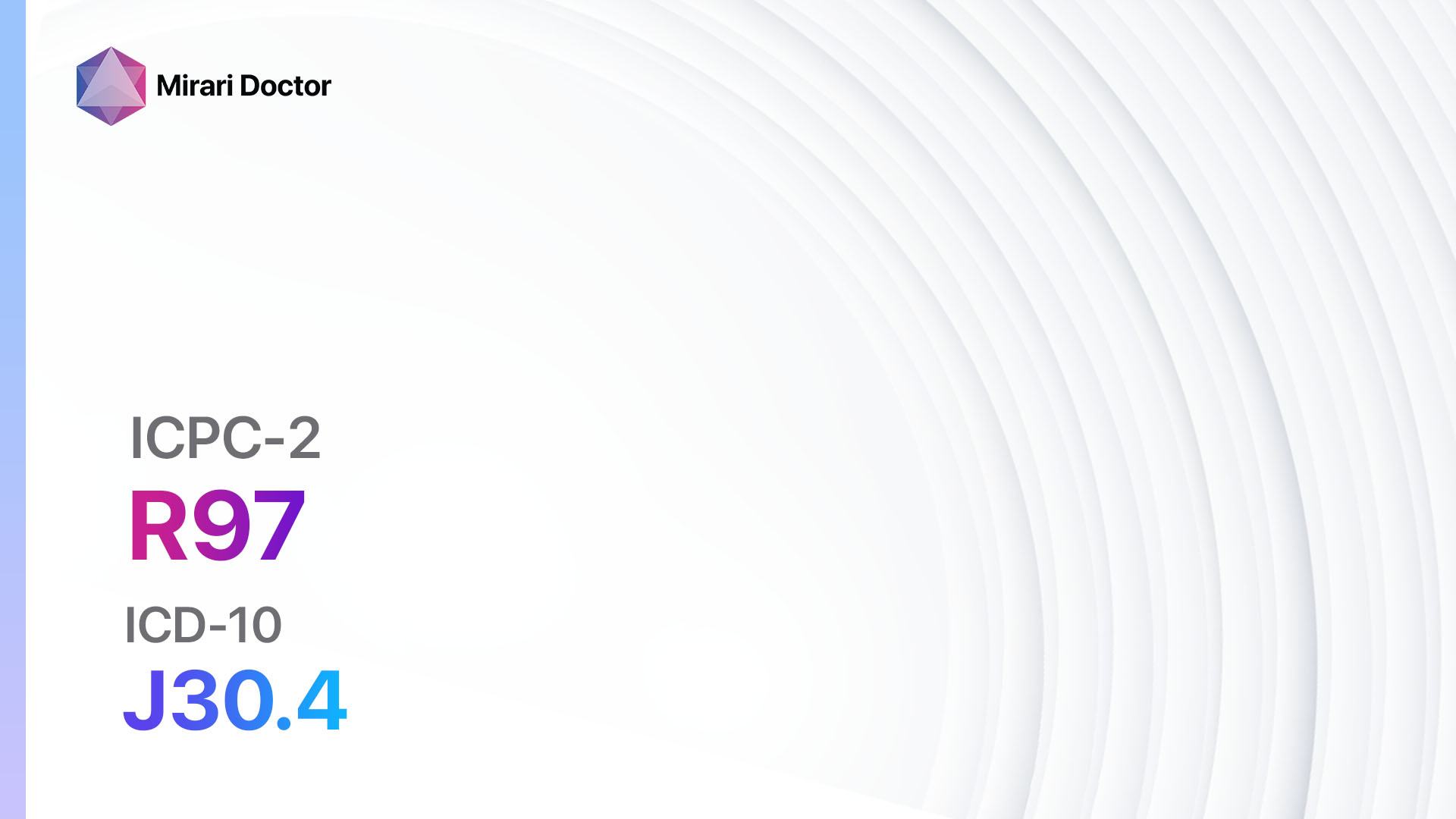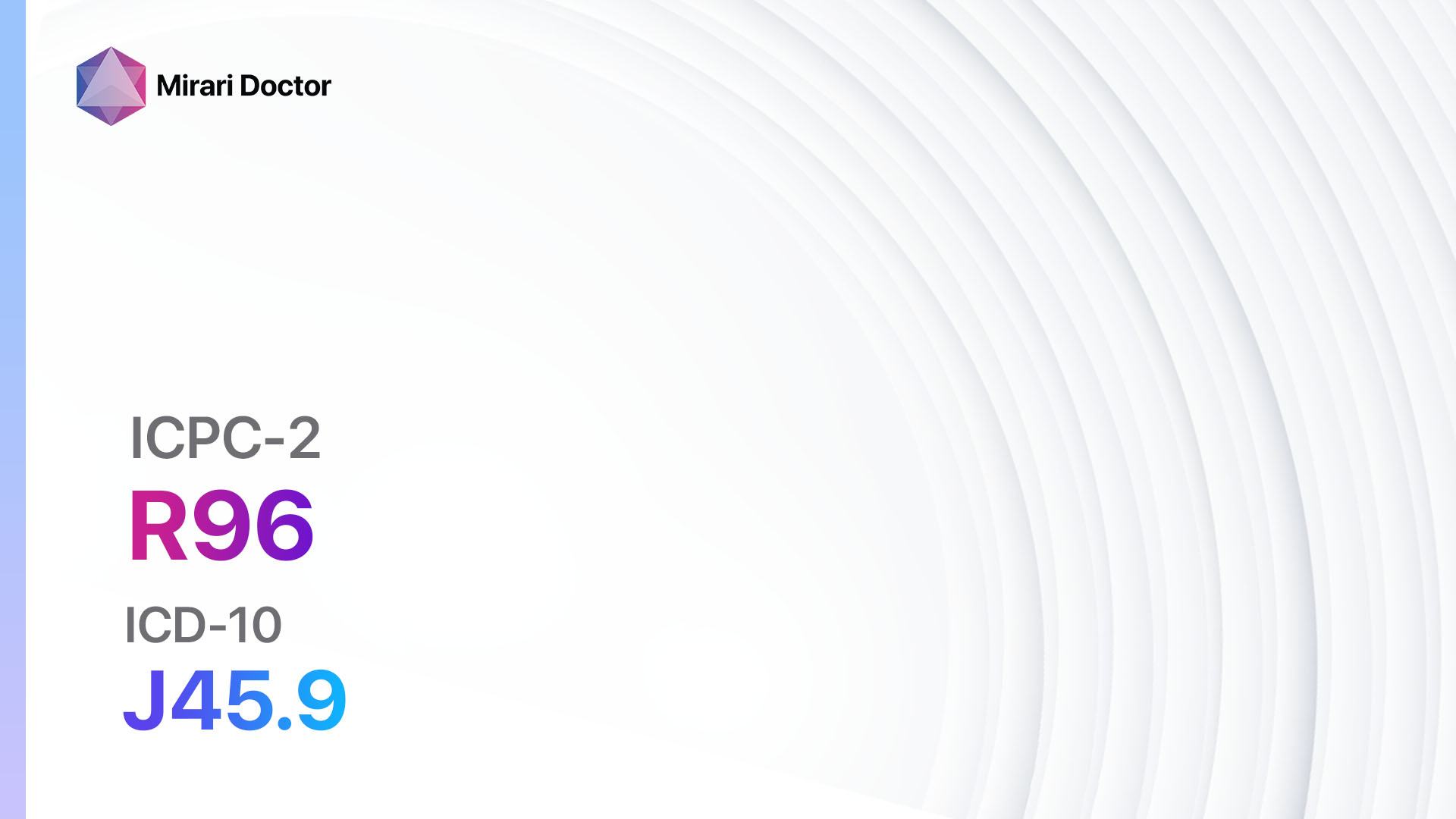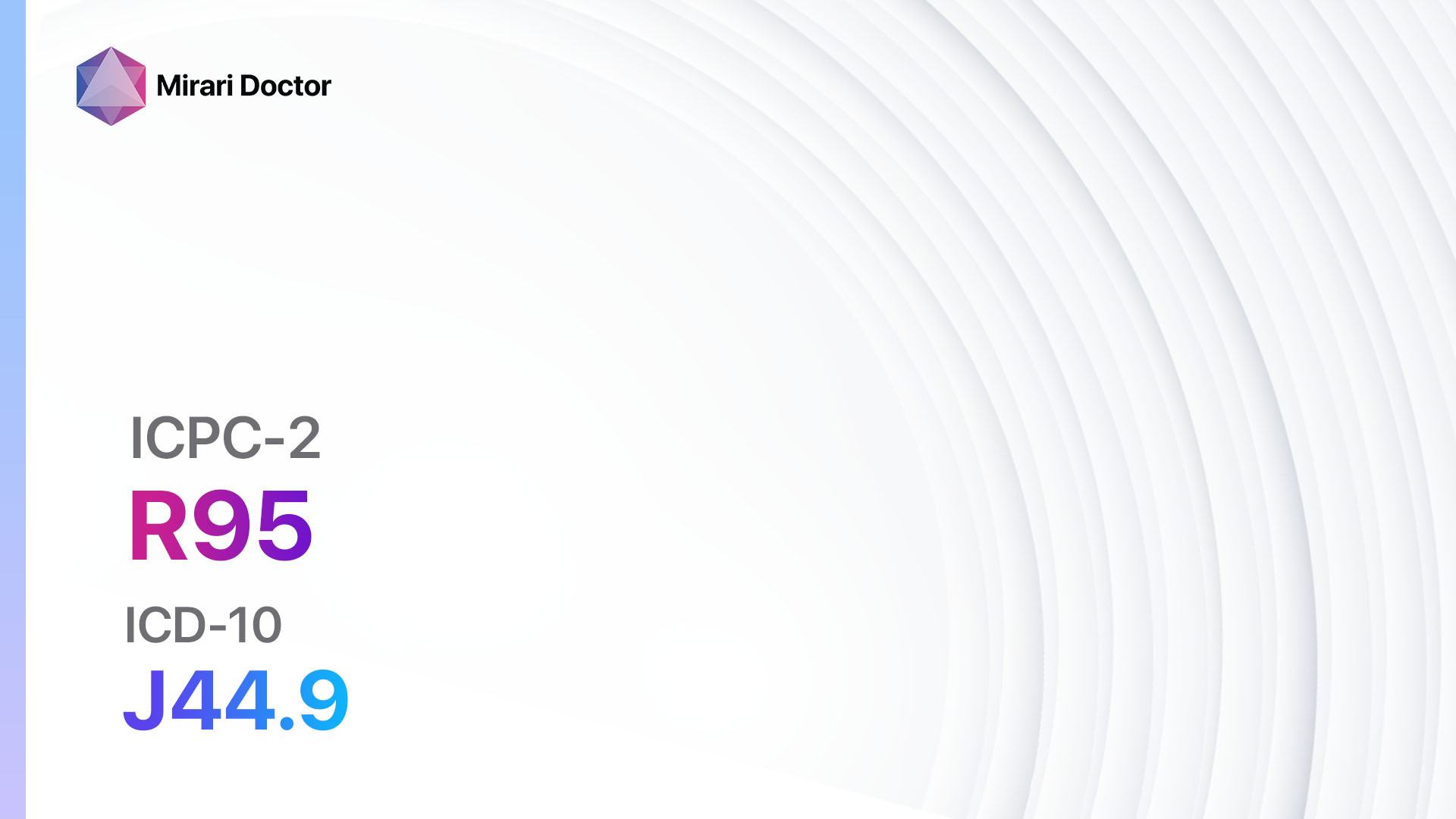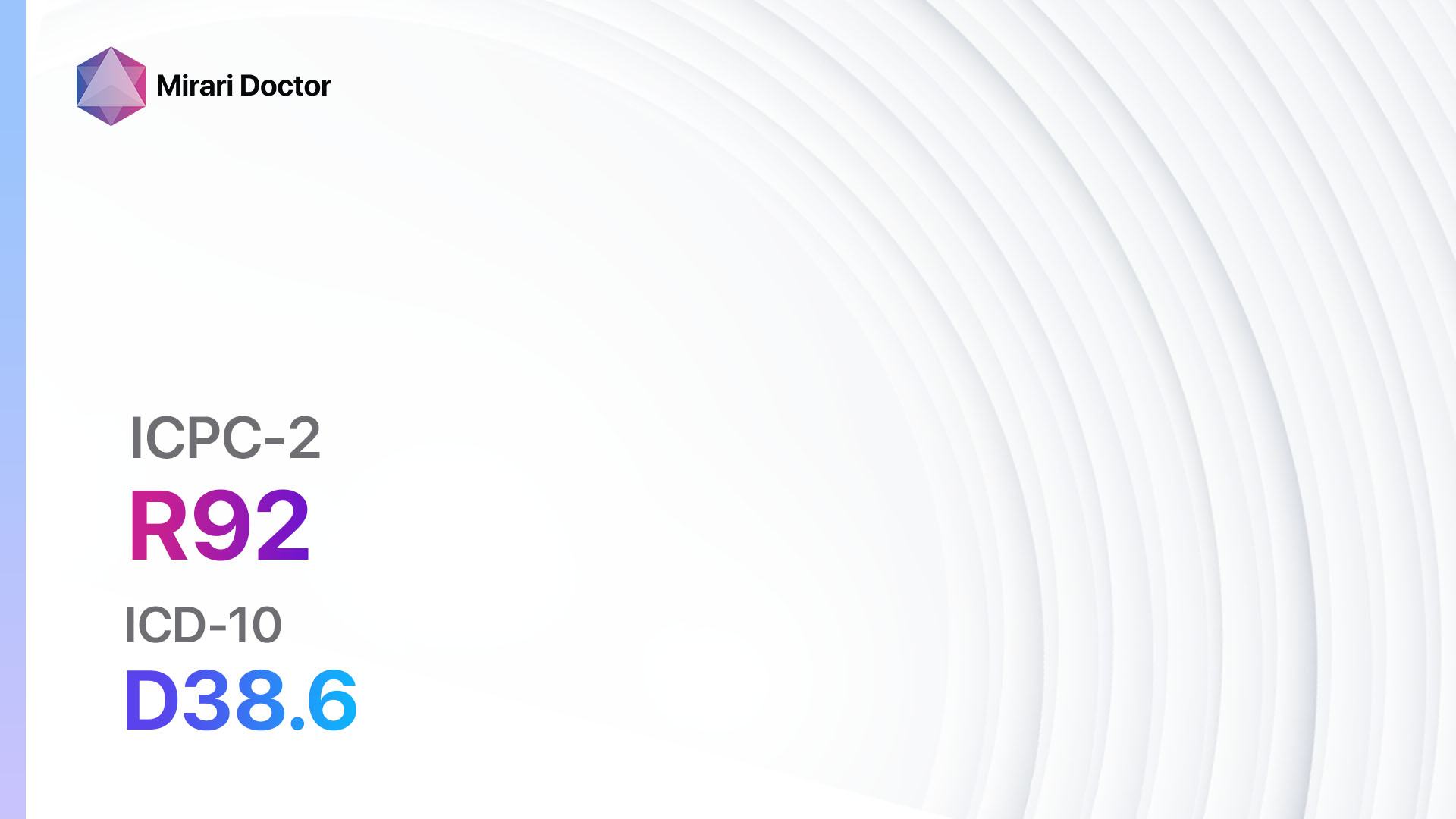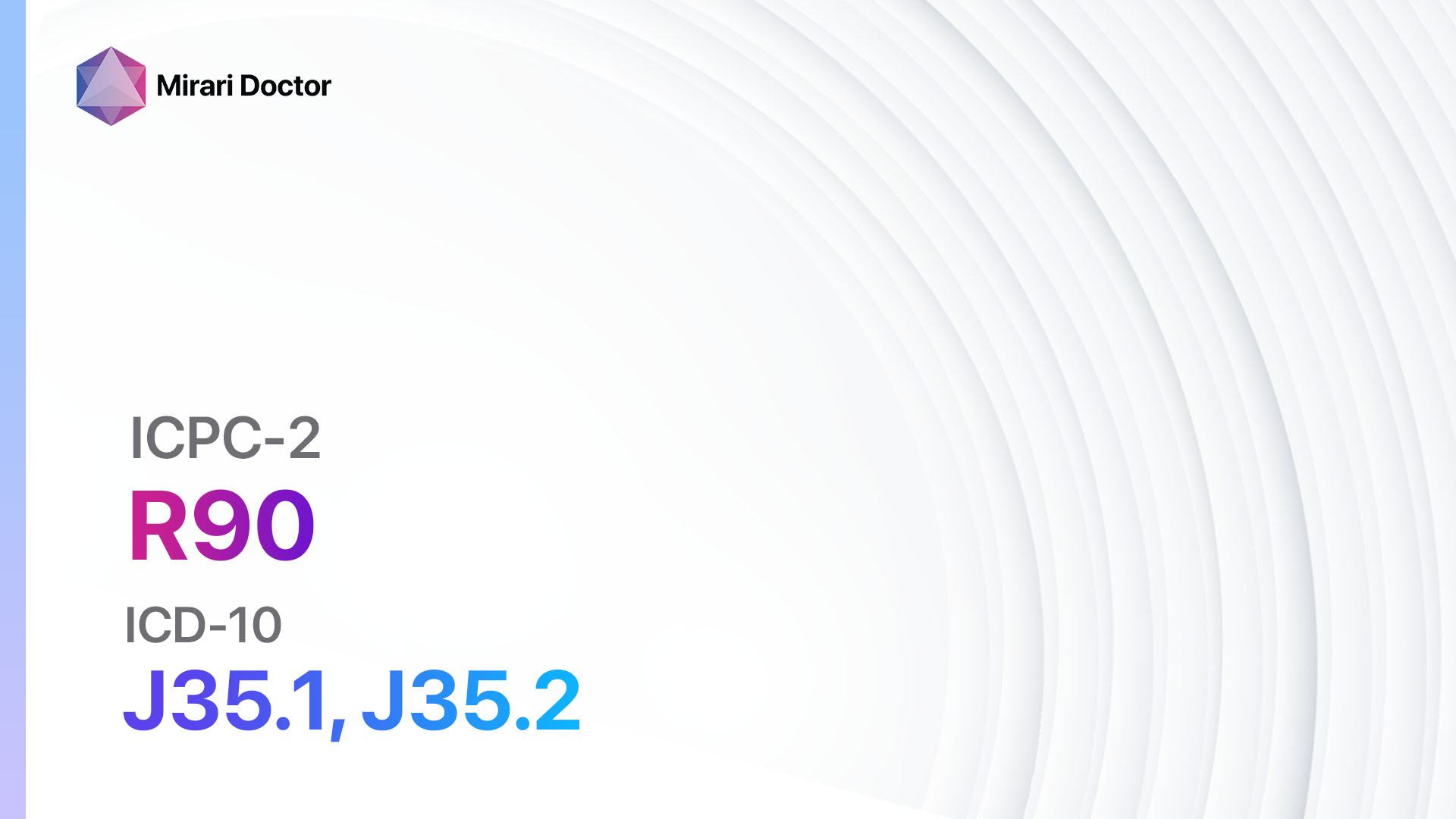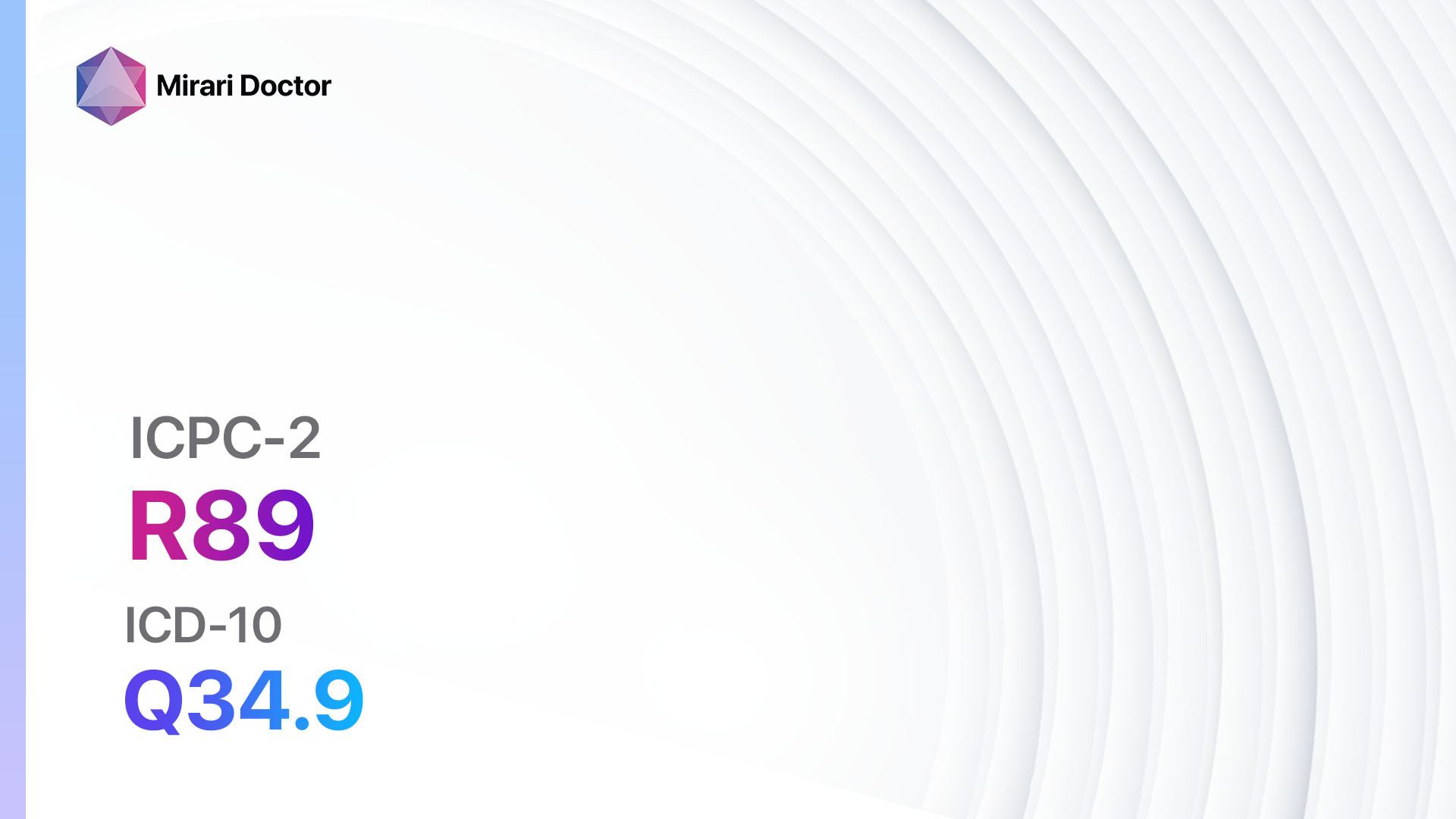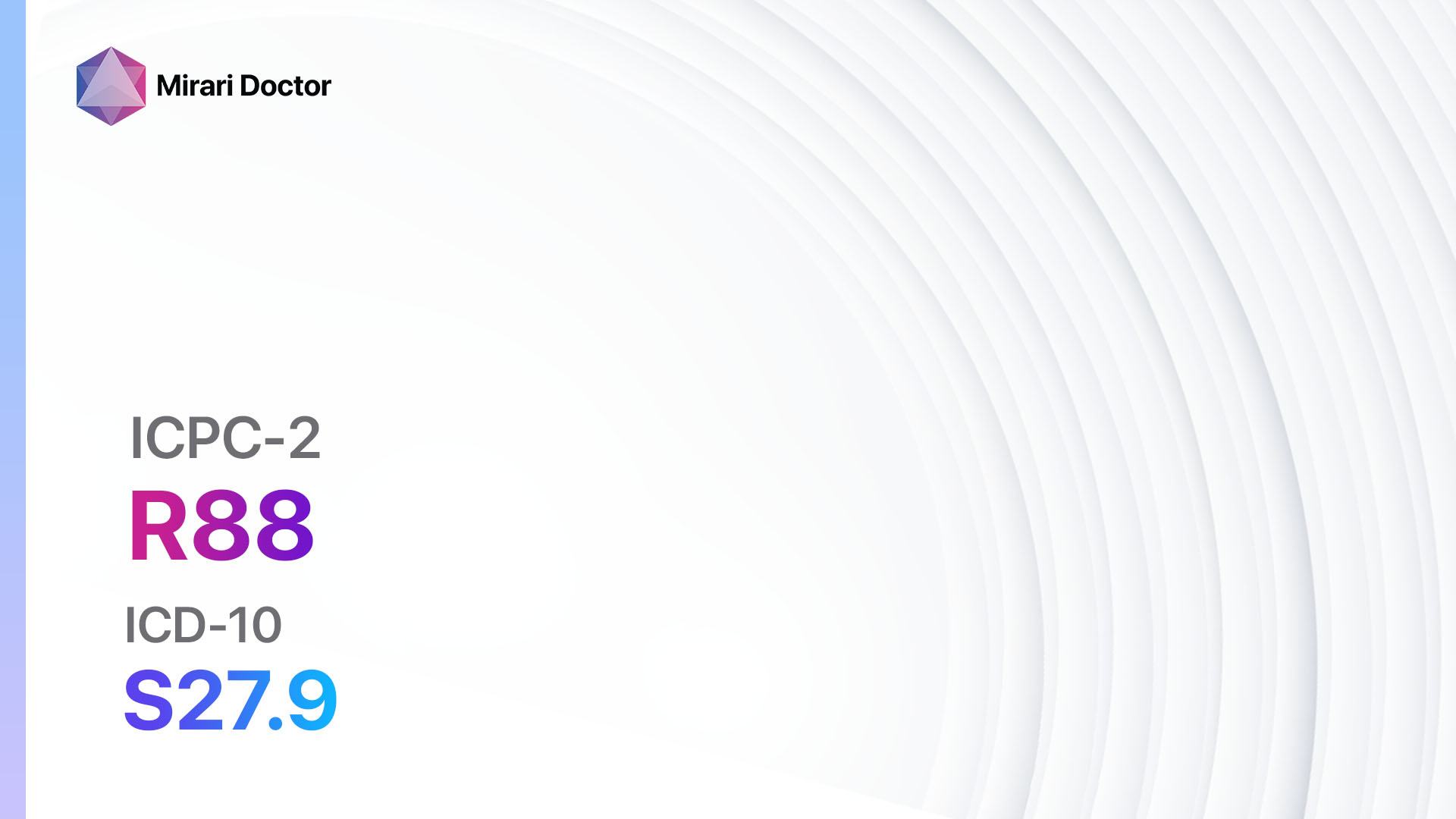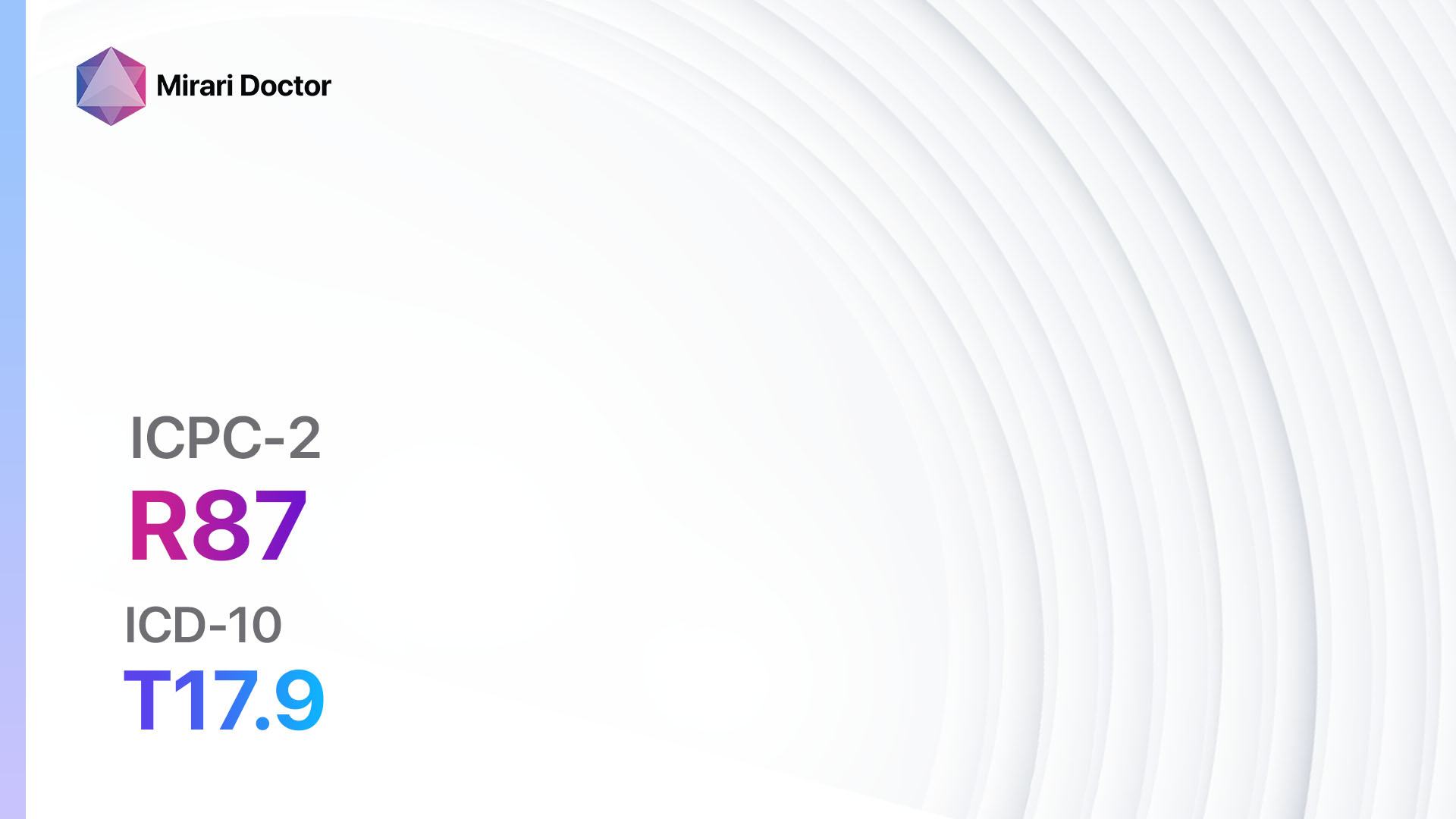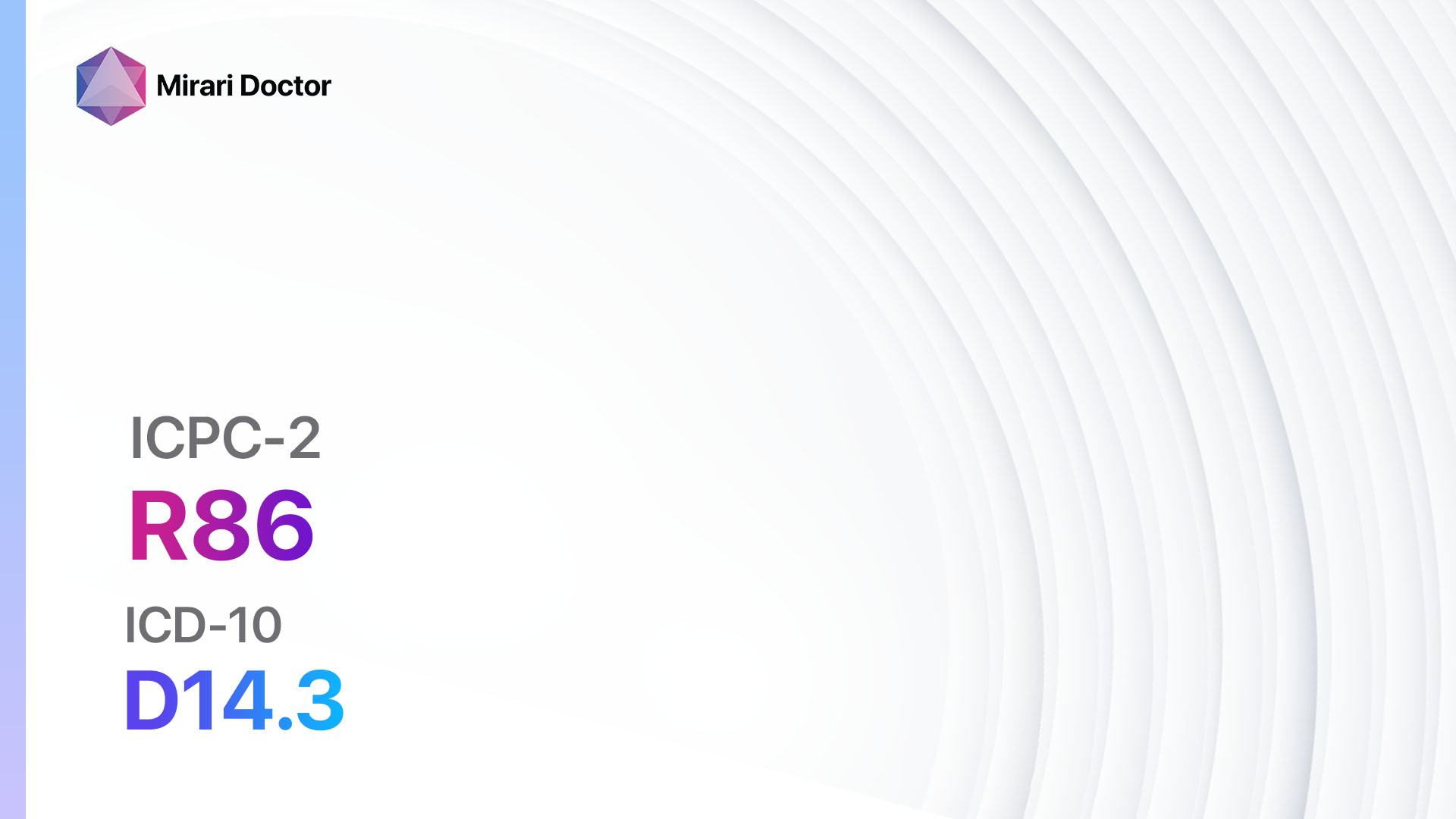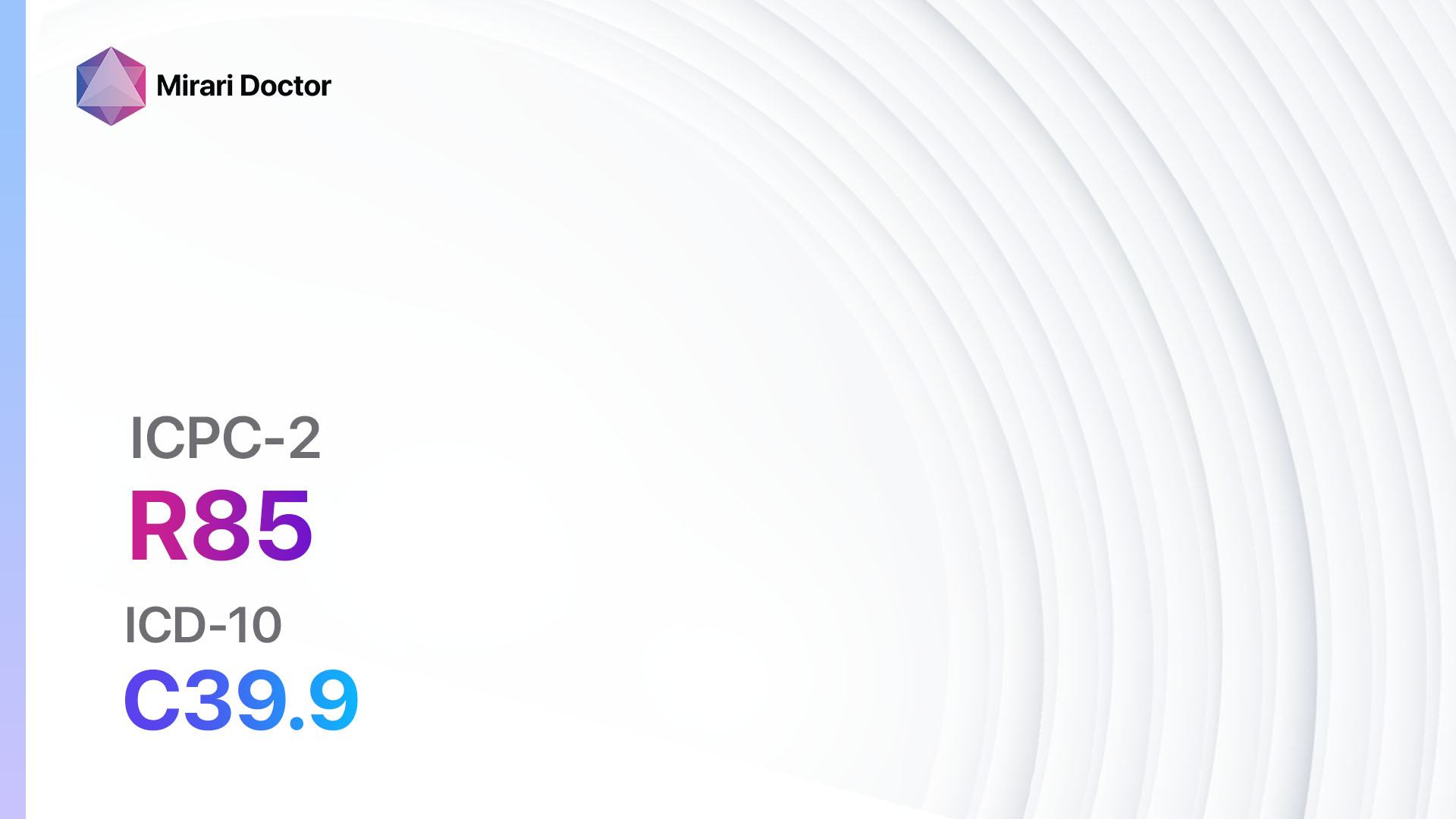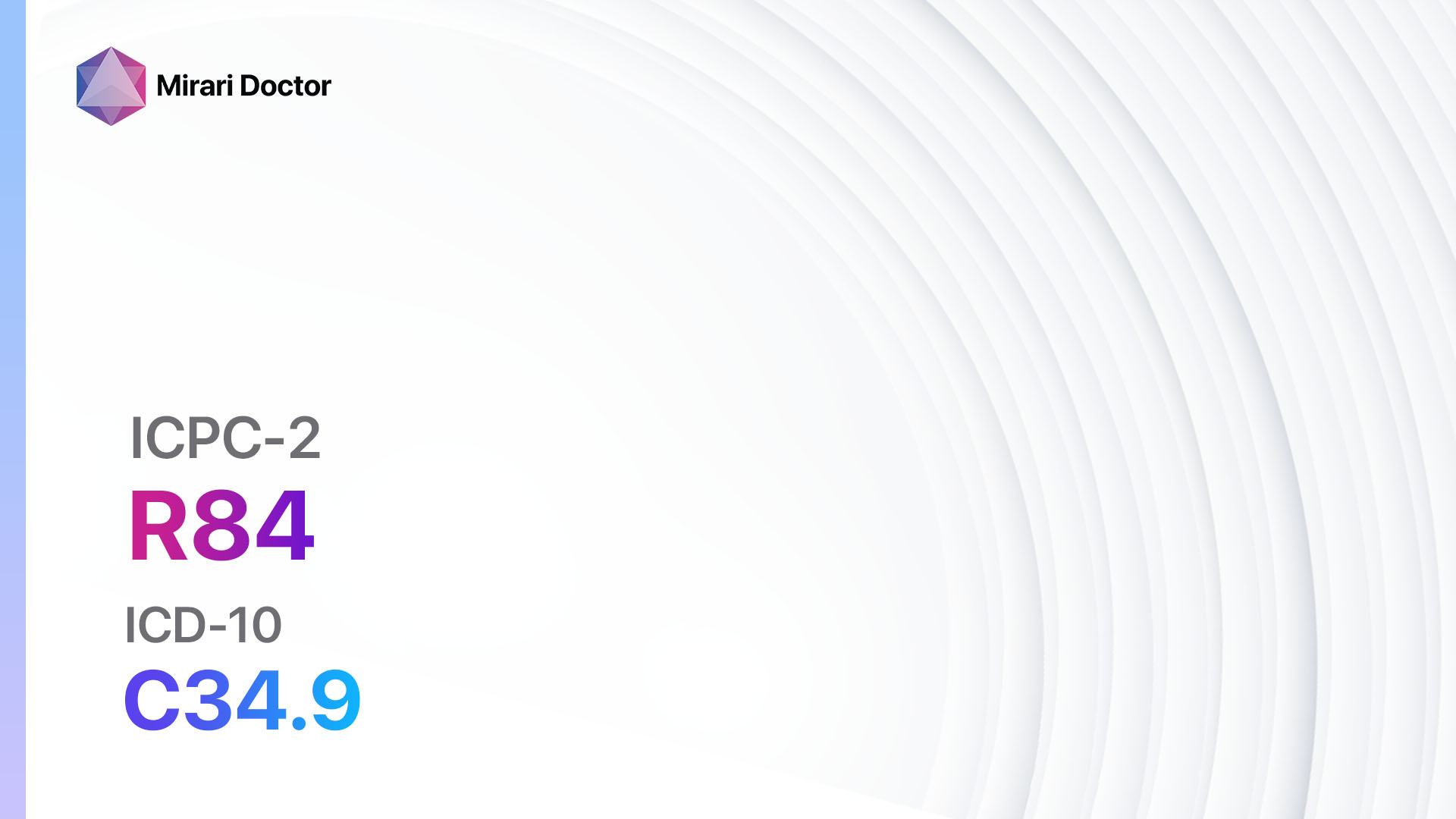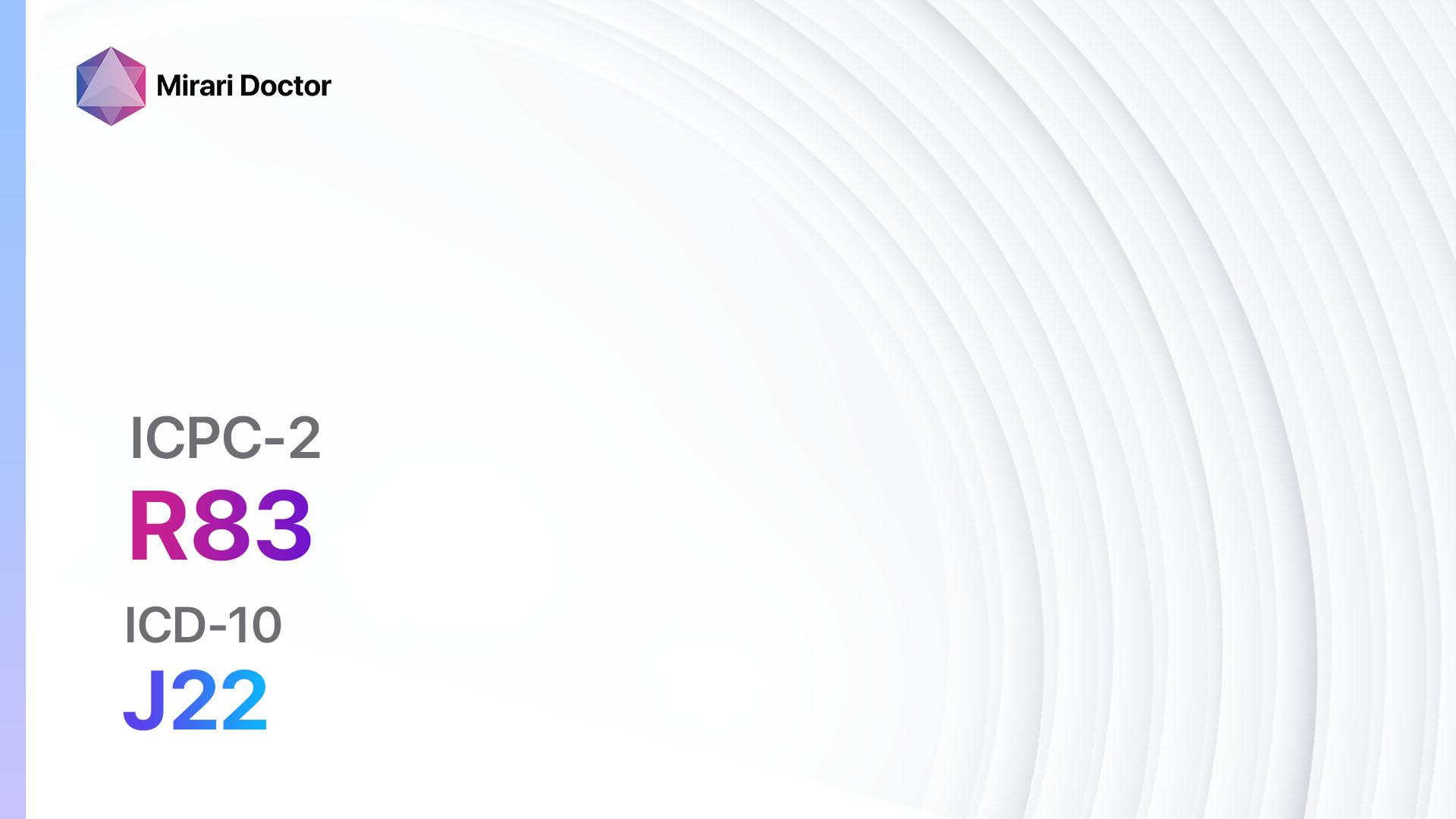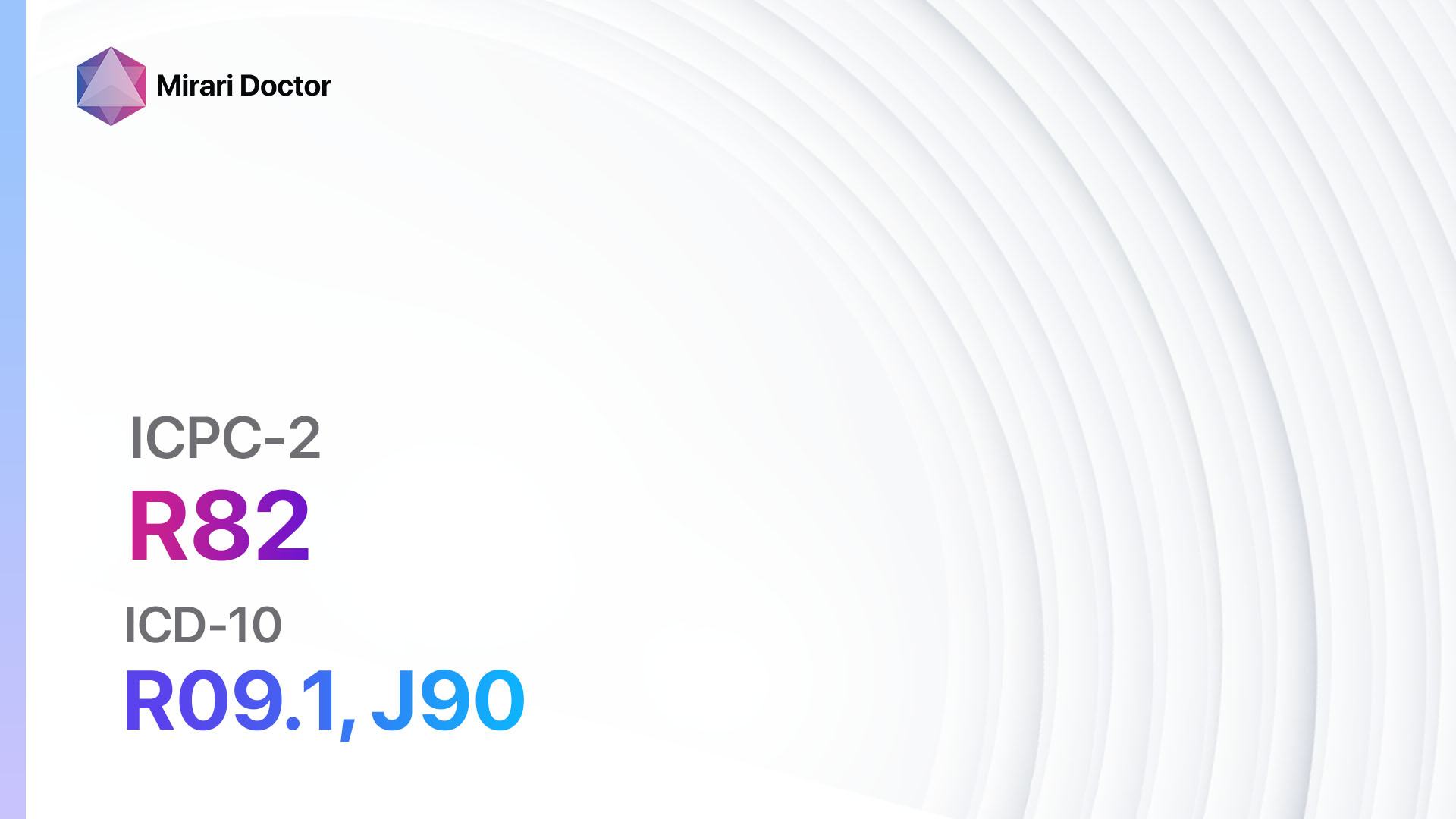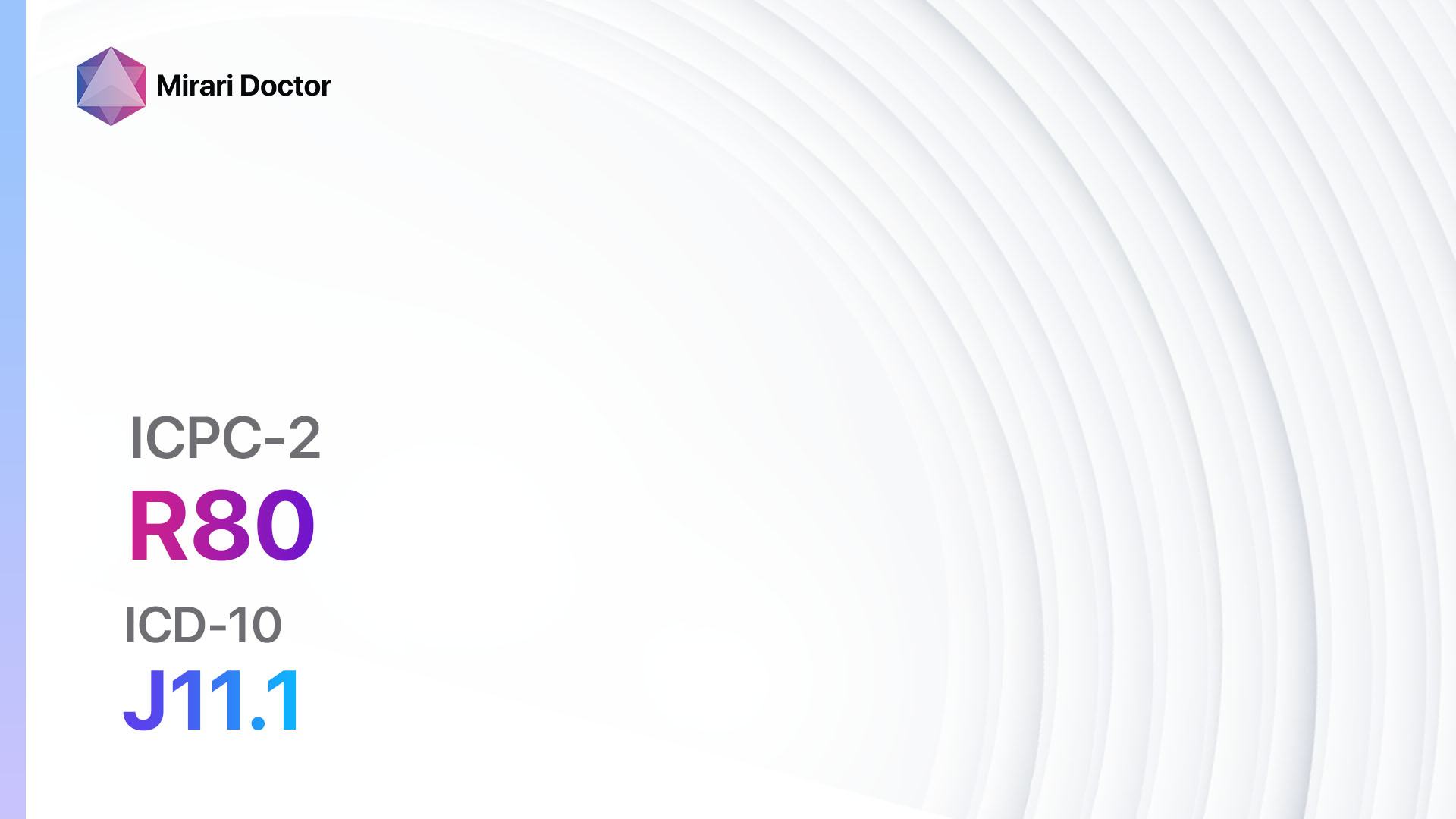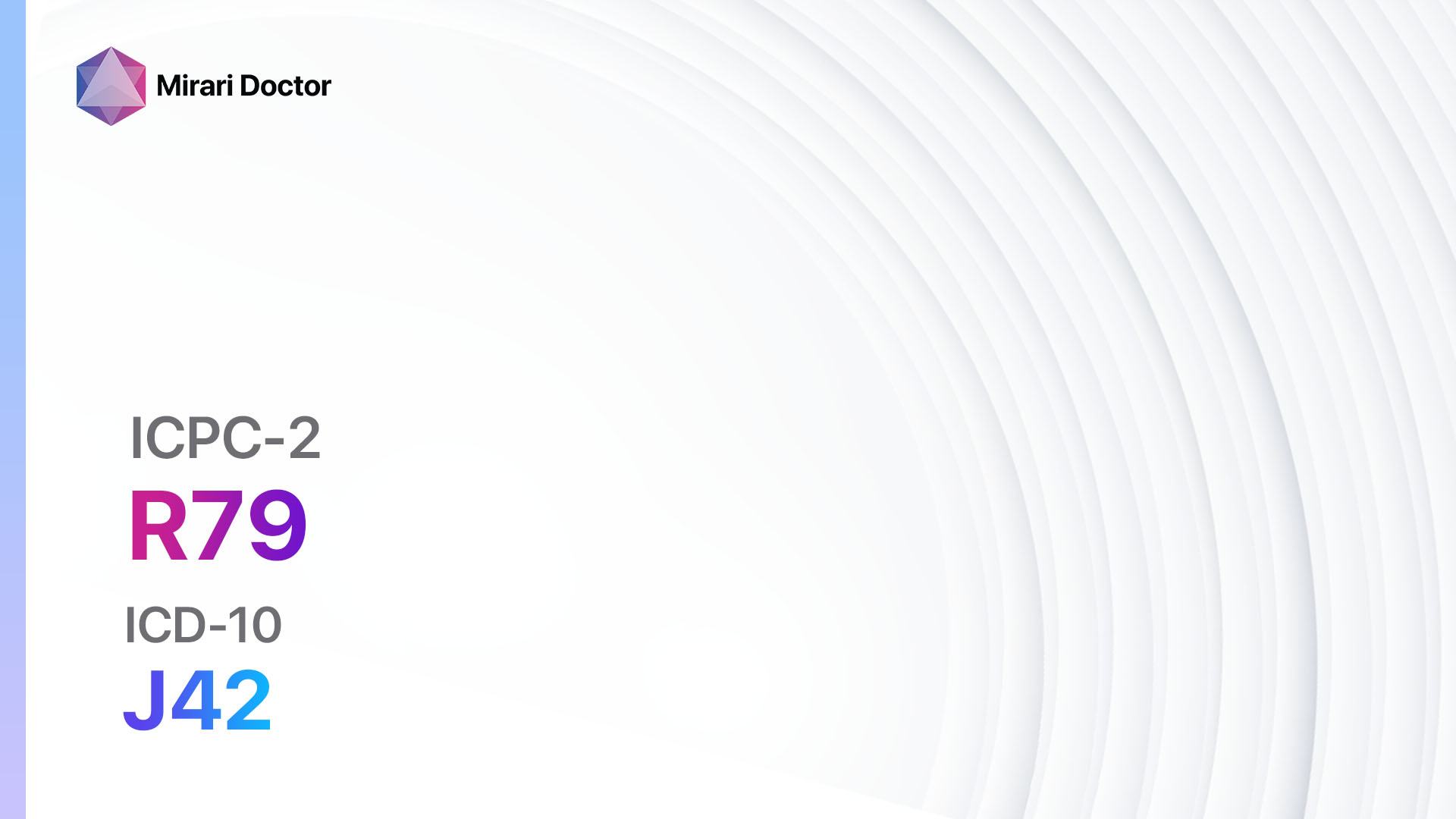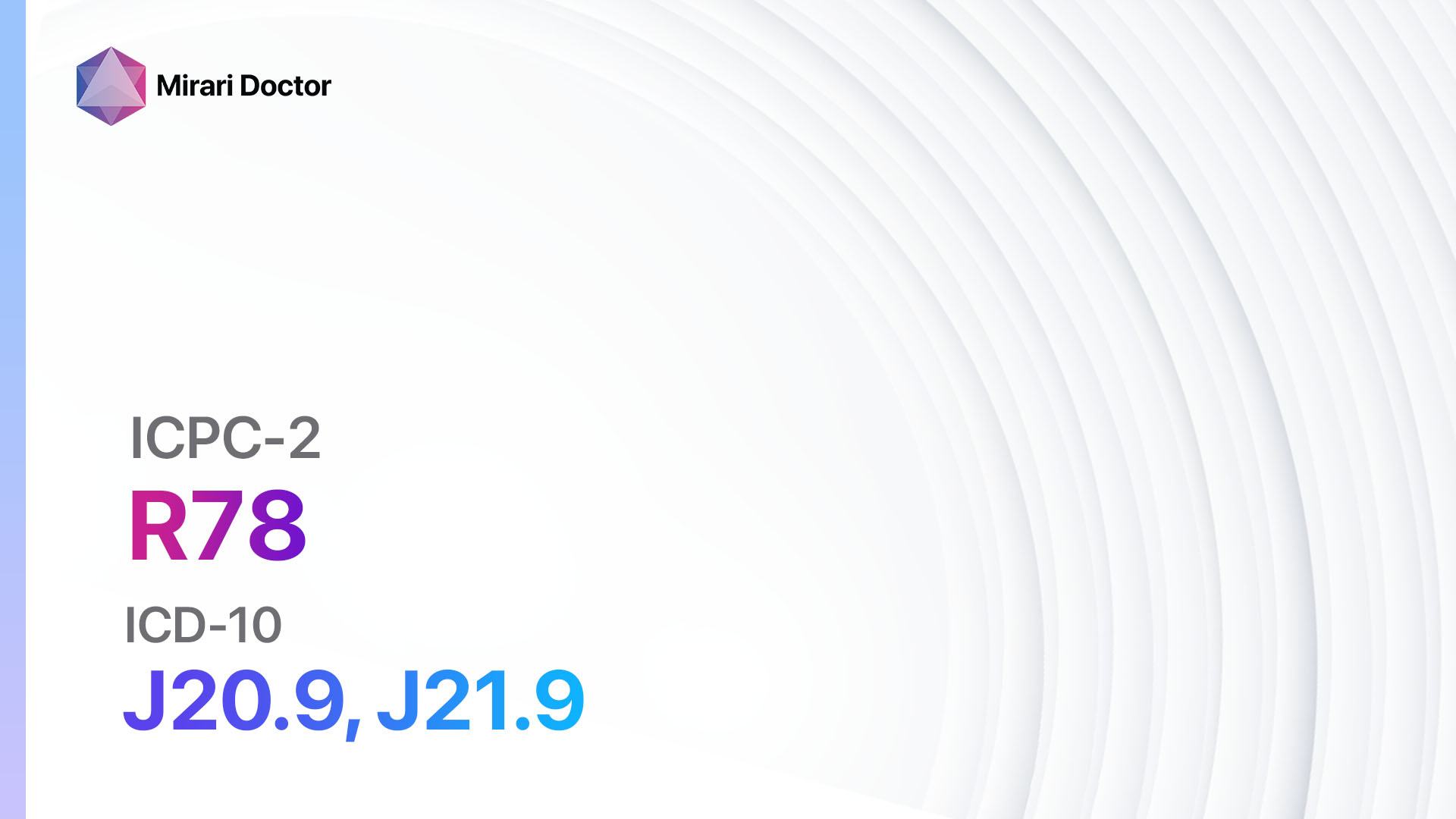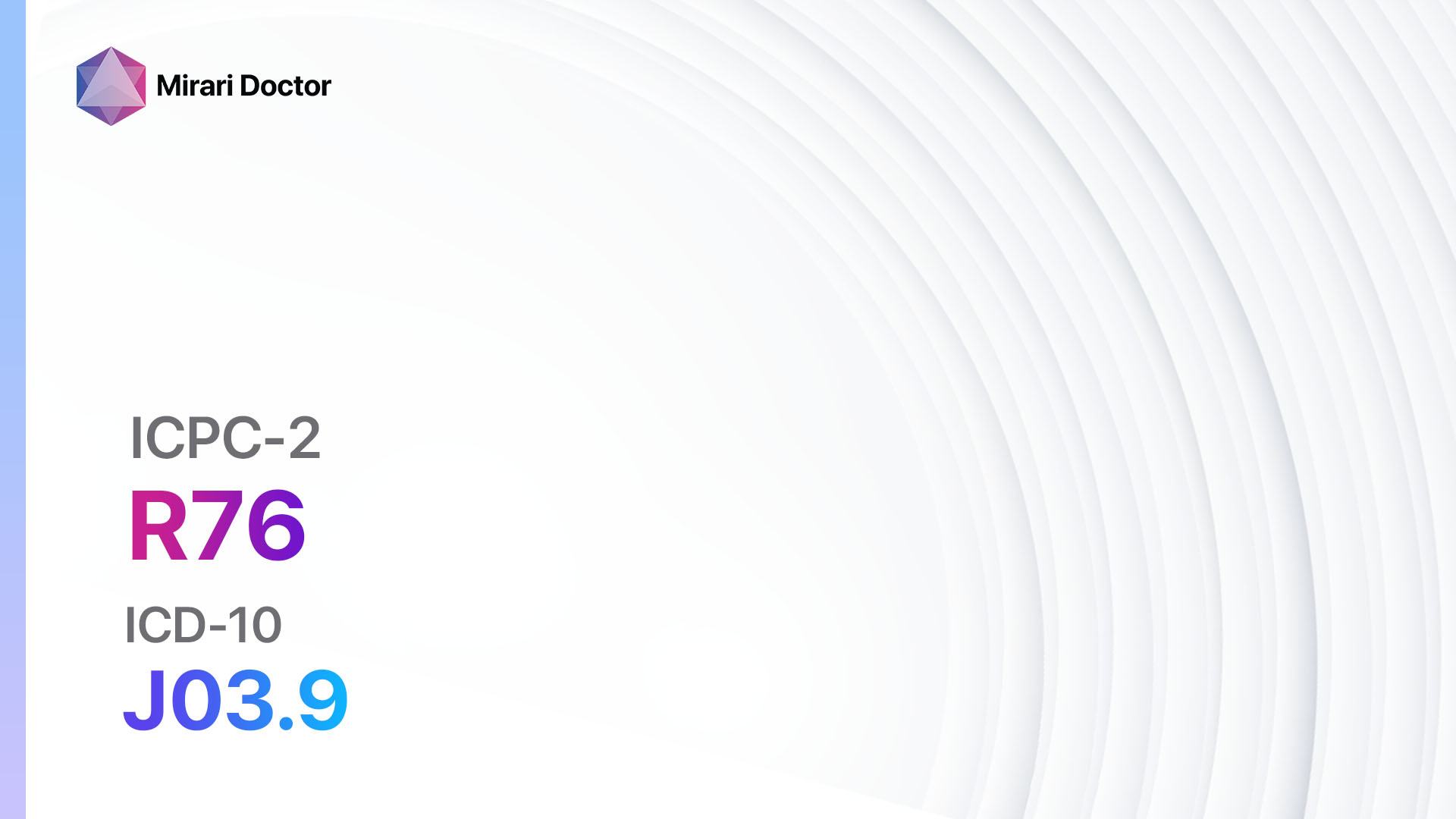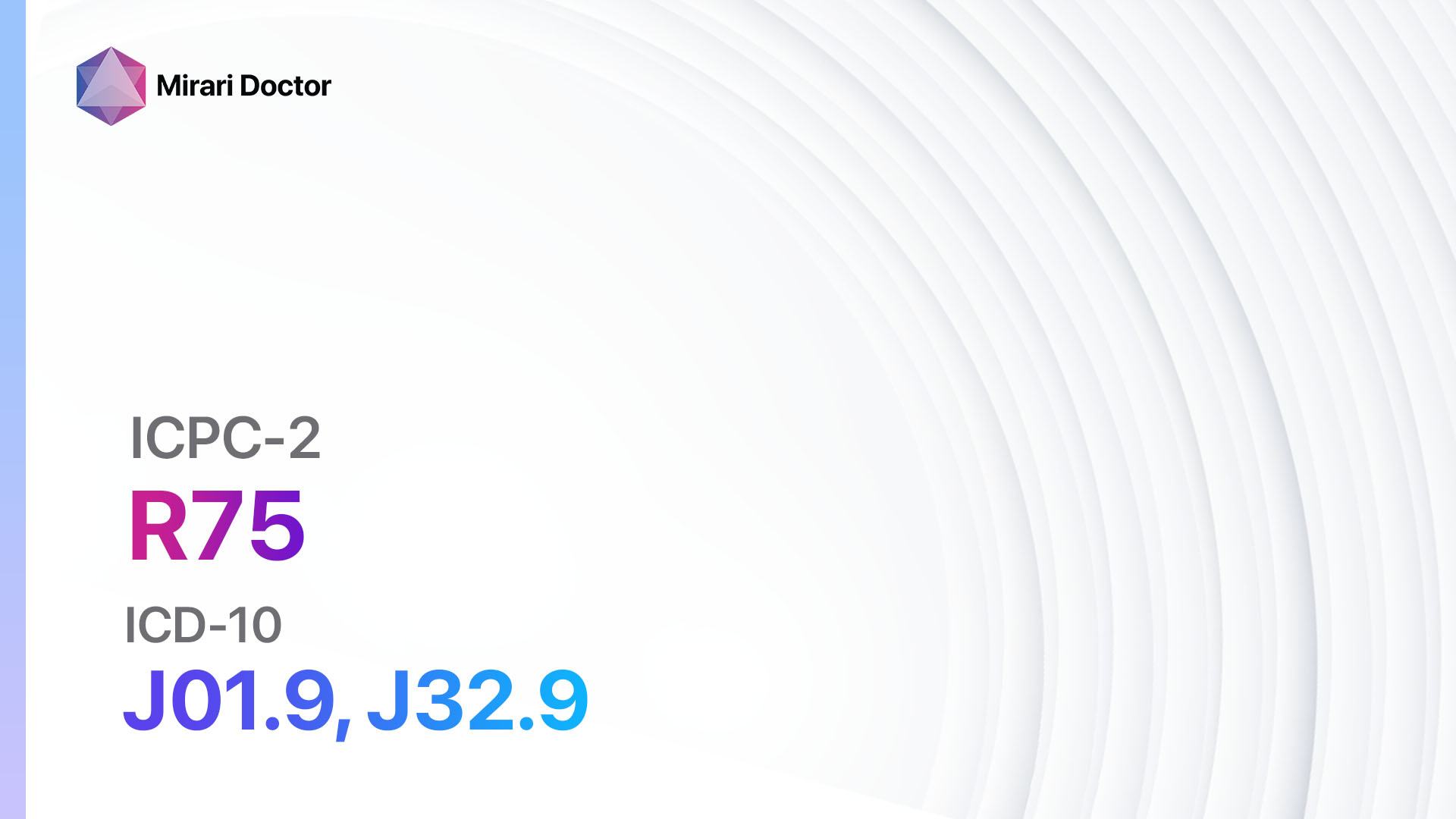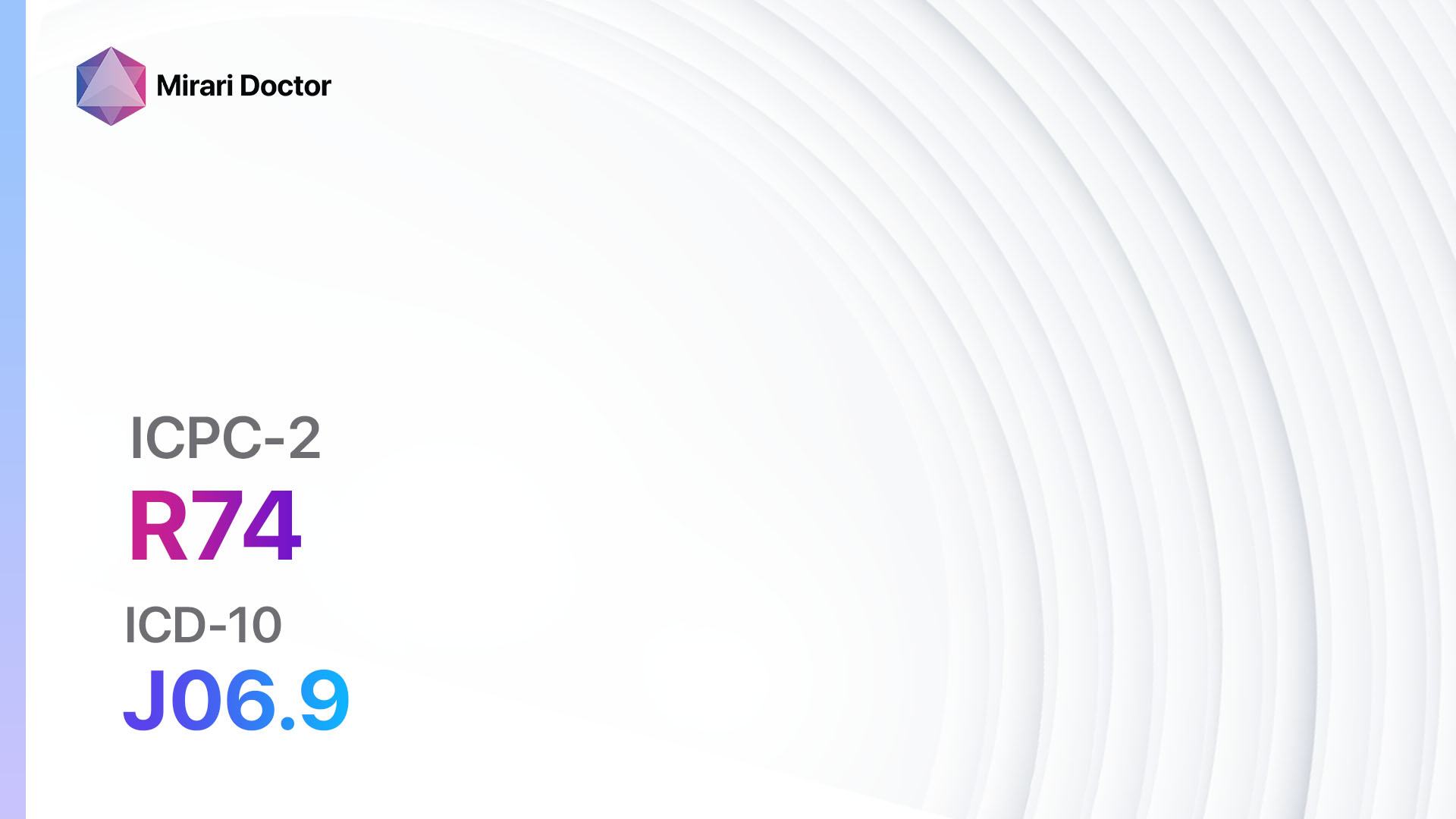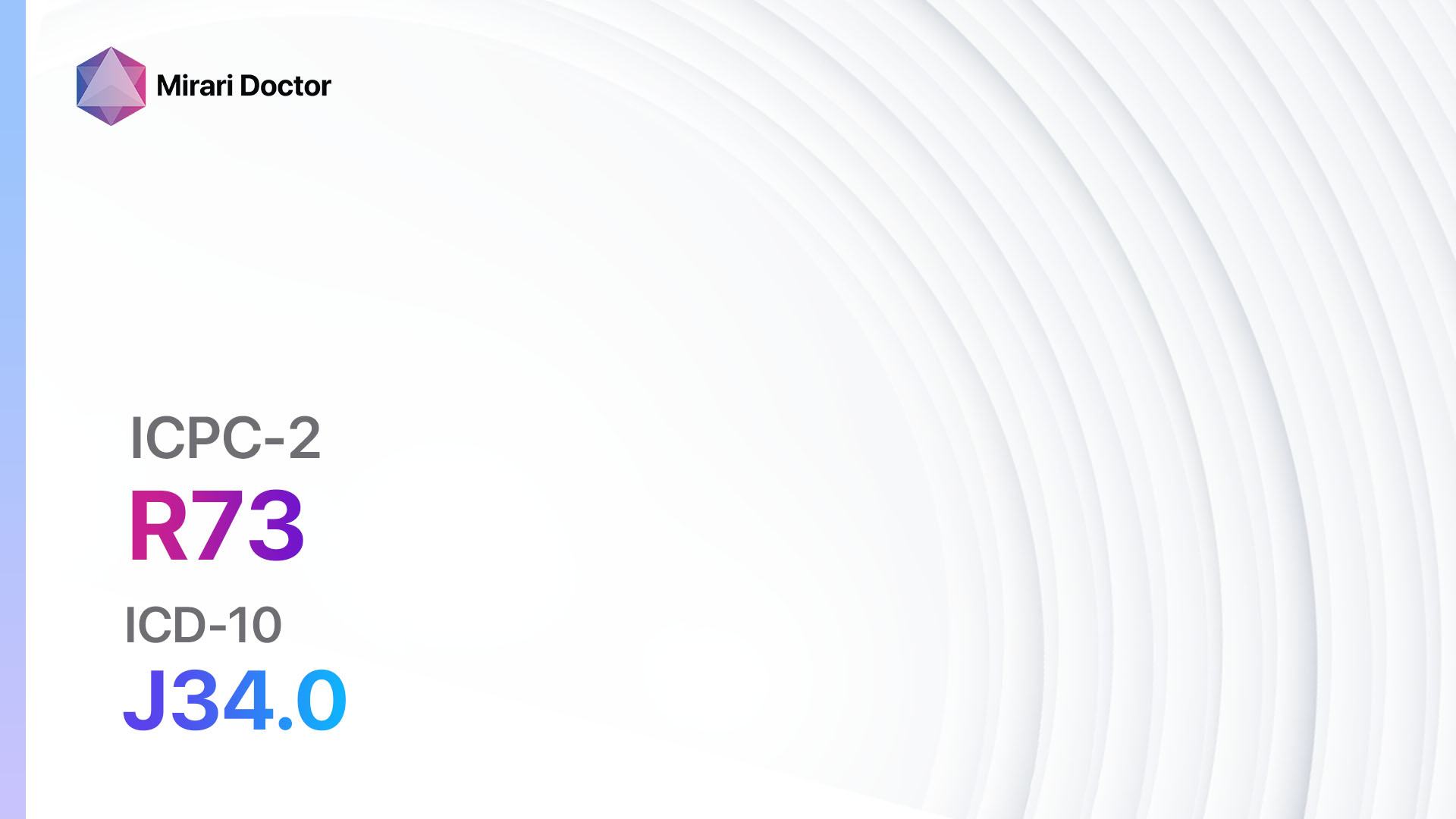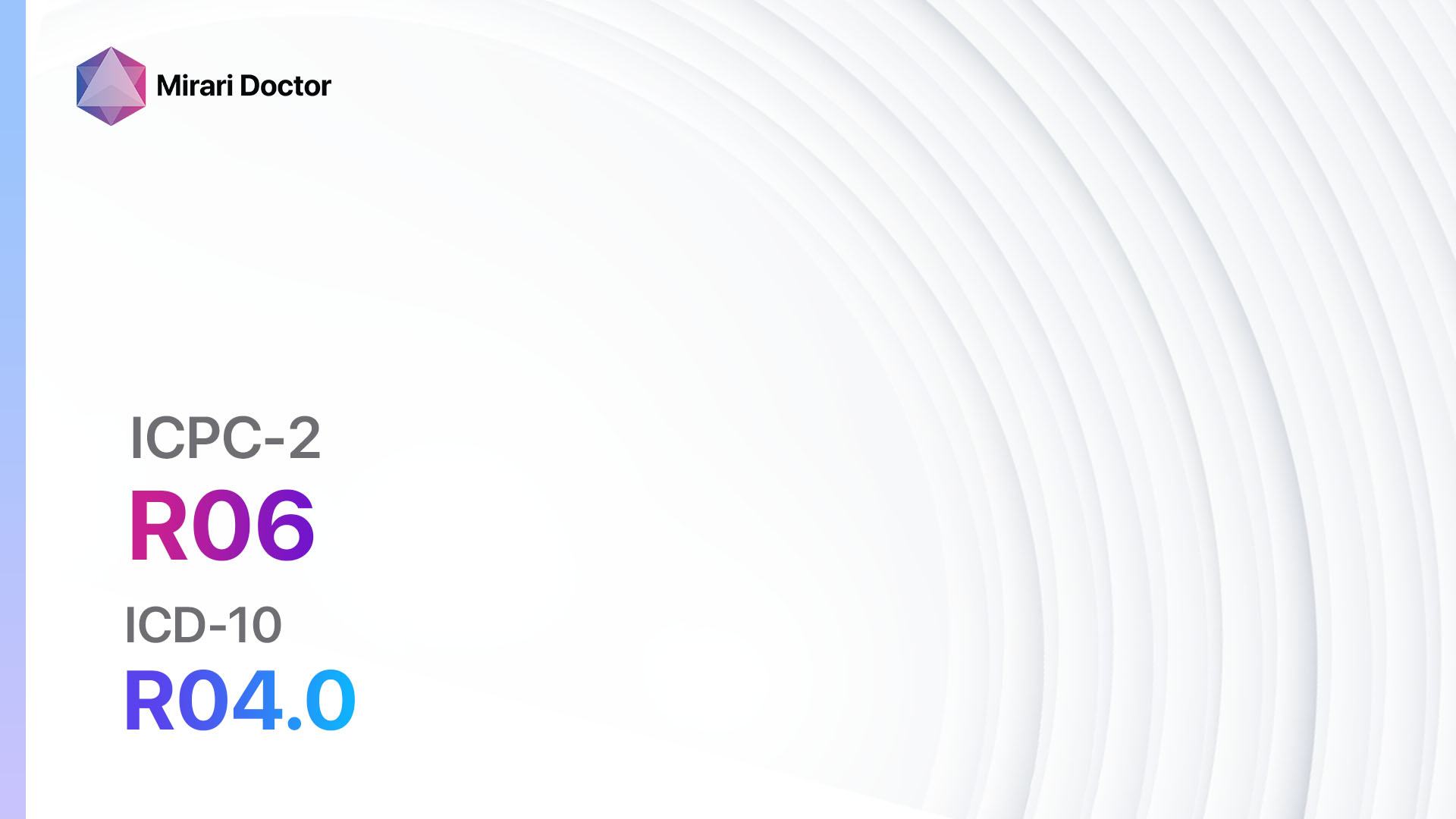
Introduction
Nosebleeds, also known as epistaxis, are a common condition characterized by bleeding from the nose. While most nosebleeds are not serious and can be treated at home, some cases may require medical intervention[1]. This guide aims to provide healthcare professionals with a comprehensive approach to diagnosing and managing nosebleeds.
Codes
Symptoms
- Frequent or recurrent bleeding from the nose
- Blood dripping from the nostrils or flowing down the back of the throat
- Presence of blood in nasal mucus or when blowing the nose
- Feeling of pressure or fullness in the nose
- Nasal congestion or stuffiness[2]
Causes
- Dry air: Dry climates or heated indoor air can cause the nasal membranes to dry out and become more susceptible to bleeding.
- Nose picking: Trauma caused by picking the nose can lead to nosebleeds.
- Nasal allergies: Allergies can cause inflammation and irritation of the nasal passages, increasing the risk of nosebleeds.
- Nasal infections: Infections such as sinusitis or the common cold can cause nasal congestion and inflammation, leading to nosebleeds.
- Trauma: Injury to the nose, such as a blow to the face or a fracture, can result in nosebleeds.
- Medications: Certain medications, such as blood thinners or nasal sprays, may increase the risk of nosebleeds.
- Underlying medical conditions: Conditions like high blood pressure, bleeding disorders, or tumors can contribute to nosebleeds[3][4].
Diagnostic Steps
Medical History
- Gather information about the frequency and duration of nosebleeds.
- Ask about any recent trauma or injuries to the nose.
- Inquire about any underlying medical conditions or medications that may increase the risk of nosebleeds.
- Assess for symptoms of nasal allergies or infections[5].
Physical Examination
- Inspect the nasal passages for signs of inflammation, irritation, or trauma.
- Check blood pressure to evaluate for hypertension.
- Assess for signs of bleeding disorders, such as easy bruising or prolonged bleeding from minor cuts[6].
Laboratory Tests
- Complete blood count (CBC): To evaluate for anemia or abnormal platelet counts.
- Coagulation profile: To assess the blood’s ability to clot properly.
- Bleeding time: Measures the time it takes for a small puncture wound to stop bleeding[7].
Diagnostic Imaging
- Nasal endoscopy: A thin, flexible tube with a light and camera is inserted into the nose to visualize the nasal passages and identify any abnormalities.
- CT scan: May be performed if there is suspicion of a nasal fracture or underlying tumor[8].
Other Tests
- Allergy testing: If nasal allergies are suspected, allergy testing may be performed to identify specific allergens.
- Biopsy: If a tumor or abnormal growth is suspected, a biopsy may be necessary to obtain a tissue sample for further evaluation[9].
Follow-up and Patient Education
- Provide instructions on how to manage nosebleeds at home, including applying pressure, tilting the head forward, and using saline nasal sprays.
- Educate the patient on potential triggers to avoid, such as nose picking or exposure to dry air.
- Schedule a follow-up appointment to monitor the frequency and severity of nosebleeds and adjust the treatment plan if necessary[10].
Possible Interventions
Traditional Interventions
Medications:
Top 5 drugs for Nosebleeds/Epistaxis:
- Nasal decongestants (e.g., Oxymetazoline, Phenylephrine):
- Cost: Generic versions can range from $5 to $15.
- Contraindications: Hypersensitivity, severe hypertension.
- Side effects: Nasal dryness, rebound congestion.
- Severe side effects: Increased blood pressure, irregular heartbeat.
- Drug interactions: Monoamine oxidase inhibitors (MAOIs), tricyclic antidepressants.
- Warning: Prolonged use can lead to dependency and worsening congestion.
- Topical nasal corticosteroids (e.g., Fluticasone, Budesonide):
- Cost: Generic versions can range from $10 to $30.
- Contraindications: Hypersensitivity, recent nasal surgery or trauma.
- Side effects: Nasal irritation, nosebleeds (rare).
- Severe side effects: Adrenal suppression (with prolonged use).
- Drug interactions: None significant.
- Warning: Regular monitoring for adverse effects is recommended.
- Antifibrinolytic agents (e.g., Tranexamic acid, Aminocaproic acid):
- Cost: Generic versions can range from $10 to $50.
- Contraindications: Active thromboembolic disease, hypersensitivity.
- Side effects: Nausea, diarrhea.
- Severe side effects: Thromboembolic events (rare).
- Drug interactions: None significant.
- Warning: Caution in patients with a history of thromboembolic events.
- Nasal saline sprays:
- Cost: Generic versions can range from $5 to $15.
- Contraindications: None.
- Side effects: None.
- Severe side effects: None.
- Drug interactions: None.
- Warning: None.
- Antibiotics (if infection is present):
- Cost: Generic versions can range from $10 to $30.
- Contraindications: Hypersensitivity, specific antibiotic contraindications.
- Side effects: Nausea, diarrhea.
- Severe side effects: Allergic reactions, antibiotic-associated diarrhea.
- Drug interactions: None significant.
- Warning: Appropriate antibiotic selection based on culture and sensitivity results.
Alternative Drugs:
- Antihistamines (e.g., Loratadine, Cetirizine): May help reduce nasal inflammation and allergic reactions. Cost: Generic versions can range from $5 to $20.
- Vitamin K: Used in cases of bleeding disorders or anticoagulant-induced nosebleeds. Cost: Generic versions can range from $10 to $30.
- Silver nitrate cautery: Chemical cauterization of blood vessels in the nose to stop bleeding. Cost: Varies depending on the healthcare facility.
Surgical Procedures:
- Cauterization: Application of heat or a chemical agent to seal off blood vessels in the nose. Cost: $500 to $2,000.
- Nasal packing: Placement of absorbent material or inflatable balloons in the nose to apply pressure and stop bleeding. Cost: $500 to $2,000.
- Ligation: Surgical tying off of blood vessels in the nose to prevent bleeding. Cost: $1,000 to $5,000.
Alternative Interventions
- Acupuncture: May help improve blood flow and reduce pain. Cost: $60 to $120 per session.
- Chelation therapy: Controversial treatment involving the administration of chelating agents to remove heavy metals from the body. Cost: $75 to $150 per session.
- Hyperbaric oxygen therapy: Involves breathing pure oxygen in a pressurized chamber to increase oxygen delivery to tissues. Cost: $200 to $300 per session.
- Herbal supplements: Some herbs, such as Yunnan Baiyao or Coptis chinensis, may have potential benefits for reducing bleeding. Cost: Varies depending on the specific supplement.
- Nasal saline irrigation: Regular use of saline solution to keep the nasal passages moist and reduce the risk of nosebleeds. Cost: $10 to $20 for a saline nasal rinse kit.
Lifestyle Interventions
- Humidification: Use a humidifier or vaporizer to add moisture to the air and prevent nasal dryness. Cost: $20 to $100 for a basic humidifier.
- Nasal lubrication: Apply a thin layer of petroleum jelly or saline nasal gel inside the nostrils to keep the nasal membranes moisturized. Cost: $5 to $15 for a tube of petroleum jelly.
- Avoidance of triggers: Educate the patient on avoiding known triggers, such as nose picking, dry air, or exposure to irritants like smoke or chemicals. Cost: None.
- Nasal irrigation: Regular use of a saline nasal rinse kit to flush out irritants and keep the nasal passages clean. Cost: $10 to $20 for a saline nasal rinse kit.
- Dietary modifications: Encourage a diet rich in vitamin C and bioflavonoids to support blood vessel health. Cost: Varies depending on food choices.
It is important to note that the cost ranges provided are approximate and may vary depending on the location and availability of the interventions.
Mirari Cold Plasma Alternative Intervention
Understanding Mirari Cold Plasma
- Safe and Non-Invasive Treatment: Mirari Cold Plasma is a safe and non-invasive treatment option for various skin conditions. It does not require incisions, minimizing the risk of scarring, bleeding, or tissue damage.
- Efficient Extraction of Foreign Bodies: Mirari Cold Plasma facilitates the removal of foreign bodies from the skin by degrading and dissociating organic matter, allowing easier access and extraction.
- Pain Reduction and Comfort: Mirari Cold Plasma has a local analgesic effect, providing pain relief during the treatment, making it more comfortable for the patient.
- Reduced Risk of Infection: Mirari Cold Plasma has antimicrobial properties, effectively killing bacteria and reducing the risk of infection.
- Accelerated Healing and Minimal Scarring: Mirari Cold Plasma stimulates wound healing and tissue regeneration, reducing healing time and minimizing the formation of scars.
Mirari Cold Plasma Prescription
Video instructions for using Mirari Cold Plasma Device – R06 Nose bleed/epistaxis (ICD-10:R04.0)
| Mild | Moderate | Severe |
| Mode setting: 1 (Infection) Location: 0 (Localized) Morning: 15 minutes, Evening: 15 minutes |
Mode setting: 1 (Infection) Location: 0 (Localized) Morning: 30 minutes, Lunch: 30 minutes, Evening: 30 minutes |
Mode setting: 1 (Infection) Location: 0 (Localized) Morning: 30 minutes, Lunch: 30 minutes, Evening: 30 minutes |
| Mode setting: 2 (Wound Healing) Location: 7 (Neuro system & ENT) Morning: 15 minutes, Evening: 15 minutes |
Mode setting: 2 (Wound Healing) Location: 7 (Neuro system & ENT) Morning: 30 minutes, Lunch: 30 minutes, Evening: 30 minutes |
Mode setting: 2 (Wound Healing) Location: 7 (Neuro system & ENT) Morning: 30 minutes, Lunch: 30 minutes, Evening: 30 minutes |
| Mode setting: 3 (Antiviral Therapy) Location: 6 (Throat, Lymphatic & Thyroid) Morning: 15 minutes, Evening: 15 minutes |
Mode setting: 3 (Antiviral Therapy) Location: 6 (Throat, Lymphatic & Thyroid) Morning: 30 minutes, Lunch: 30 minutes, Evening: 30 minutes |
Mode setting: 3 (Antiviral Therapy) Location: 6 (Throat, Lymphatic & Thyroid) Morning: 30 minutes, Lunch: 30 minutes, Evening: 30 minutes |
| Total Morning: 45 minutes approx. $7.50 USD, Evening: 45 minutes approx. $7.50 USD |
Total Morning: 90 minutes approx. $15 USD, Lunch: 90 minutes approx. $15 USD, Evening: 90 minutes approx. $15 USD |
Total Morning: 90 minutes approx. $15 USD, Lunch: 90 minutes approx. $15 USD, Evening: 90 minutes approx. $15 USD |
| Usual treatment for 7-60 days approx. $105 USD – $900 USD | Usual treatment for 6-8 weeks approx. $1,890 USD – $2,520 USD |
Usual treatment for 3-6 months approx. $4,050 USD – $8,100 USD
|
 |
|
Use the Mirari Cold Plasma device to treat Nose bleed/epistaxis effectively.
WARNING: MIRARI COLD PLASMA IS DESIGNED FOR THE HUMAN BODY WITHOUT ANY ARTIFICIAL OR THIRD PARTY PRODUCTS. USE OF OTHER PRODUCTS IN COMBINATION WITH MIRARI COLD PLASMA MAY CAUSE UNPREDICTABLE EFFECTS, HARM OR INJURY. PLEASE CONSULT A MEDICAL PROFESSIONAL BEFORE COMBINING ANY OTHER PRODUCTS WITH USE OF MIRARI.
Step 1: Cleanse the Skin
- Start by cleaning the affected area of the skin with a gentle cleanser or mild soap and water. Gently pat the area dry with a clean towel.
Step 2: Prepare the Mirari Cold Plasma device
- Ensure that the Mirari Cold Plasma device is fully charged or has fresh batteries as per the manufacturer’s instructions. Make sure the device is clean and in good working condition.
- Switch on the Mirari device using the power button or by following the specific instructions provided with the device.
- Some Mirari devices may have adjustable settings for intensity or treatment duration. Follow the manufacturer’s instructions to select the appropriate settings based on your needs and the recommended guidelines.
Step 3: Apply the Device
- Place the Mirari device in direct contact with the affected area of the skin. Gently glide or hold the device over the skin surface, ensuring even coverage of the area experiencing.
- Slowly move the Mirari device in a circular motion or follow a specific pattern as indicated in the user manual. This helps ensure thorough treatment coverage.
Step 4: Monitor and Assess:
- Keep track of your progress and evaluate the effectiveness of the Mirari device in managing your Nose bleed/epistaxis. If you have any concerns or notice any adverse reactions, consult with your health care professional.
Note
This guide is for informational purposes only and should not replace the advice of a medical professional. Always consult with your healthcare provider or a qualified medical professional for personal advice, diagnosis, or treatment. Do not solely rely on the information presented here for decisions about your health. Use of this information is at your own risk. The authors of this guide, nor any associated entities or platforms, are not responsible for any potential adverse effects or outcomes based on the content.
Mirari Cold Plasma System Disclaimer
- Purpose: The Mirari Cold Plasma System is a Class 2 medical device designed for use by trained healthcare professionals. It is registered for use in Thailand and Vietnam. It is not intended for use outside of these locations.
- Informational Use: The content and information provided with the device are for educational and informational purposes only. They are not a substitute for professional medical advice or care.
- Variable Outcomes: While the device is approved for specific uses, individual outcomes can differ. We do not assert or guarantee specific medical outcomes.
- Consultation: Prior to utilizing the device or making decisions based on its content, it is essential to consult with a Certified Mirari Tele-Therapist and your medical healthcare provider regarding specific protocols.
- Liability: By using this device, users are acknowledging and accepting all potential risks. Neither the manufacturer nor the distributor will be held accountable for any adverse reactions, injuries, or damages stemming from its use.
- Geographical Availability: This device has received approval for designated purposes by the Thai and Vietnam FDA. As of now, outside of Thailand and Vietnam, the Mirari Cold Plasma System is not available for purchase or use.
References
- Tunkel DE, Anne S, Payne SC, et al. Clinical Practice Guideline: Nosebleed (Epistaxis). Otolaryngol Head Neck Surg. 2020;162(1_suppl):S1-S38. doi:10.1177/0194599819890327
- Kucik CJ, Clenney T. Management of epistaxis. Am Fam Physician. 2005;71(2):305-311.
- Viehweg TL, Roberson JB, Hudson JW. Epistaxis: diagnosis and treatment. J Oral Maxillofac Surg. 2006;64(3):511-518. doi:10.1016/j.joms.2005.11.031
- Krajina A, Chrobok V. Radiological diagnosis and management of epistaxis. Cardiovasc Intervent Radiol. 2014;37(1):26-36. doi:10.1007/s00270-013-0776-y
- Alter H. Approach to the adult with epistaxis. UpToDate. Published February 25, 2021. Accessed April 12, 2023. https://www.uptodate.com/contents/approach-to-the-adult-with-epistaxis
- Melia L, McGarry GW. Epistaxis: update on management. Curr Opin Otolaryngol Head Neck Surg. 2011;19(1):30-35. doi:10.1097/MOO.0b013e328341e1ed
- Kasperek ZA, Pollock GF. Epistaxis: an overview. Emerg Med Clin North Am. 2013;31(2):443-454. doi:10.1016/j.emc.2013.01.008
- Swords C, Patel A, Smith ME, Williams RJ, Kuhn I, Hopkins C. Surgical and interventional radiological management of adult epistaxis: systematic review. J Laryngol Otol. 2017;131(12):1108-1130. doi:10.1017/S0022215117002067
- Alvi A, Joyner-Triplett N. Acute epistaxis. How to spot the source and stop the flow. Postgrad Med. 1996;99(5):83-96. doi:10.3810/pgm.1996.05.139
- Barnes ML, Spielmann PM, White PS. Epistaxis: a contemporary evidence based approach. Otolaryngol Clin North Am. 2012;45(5):1005-1017. doi:10.1016/j.otc.2012.06.018
Related articles
Made in USA


